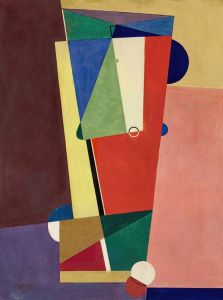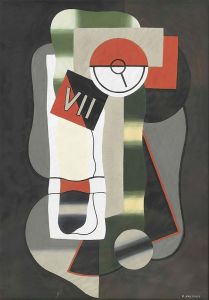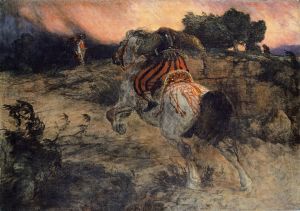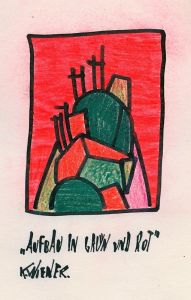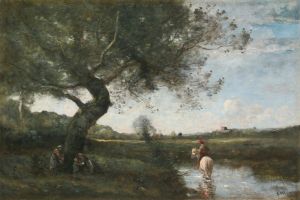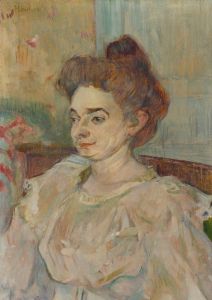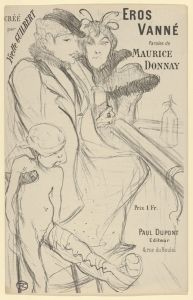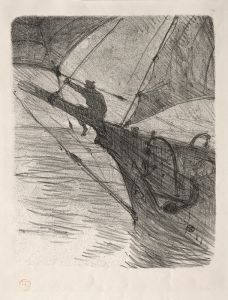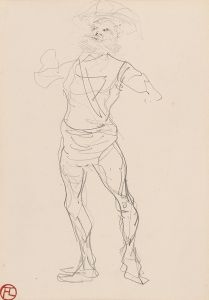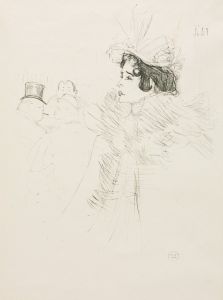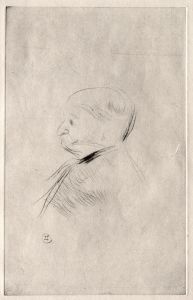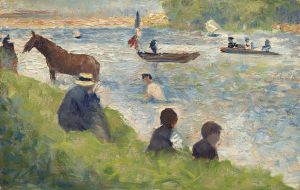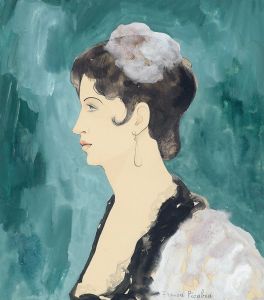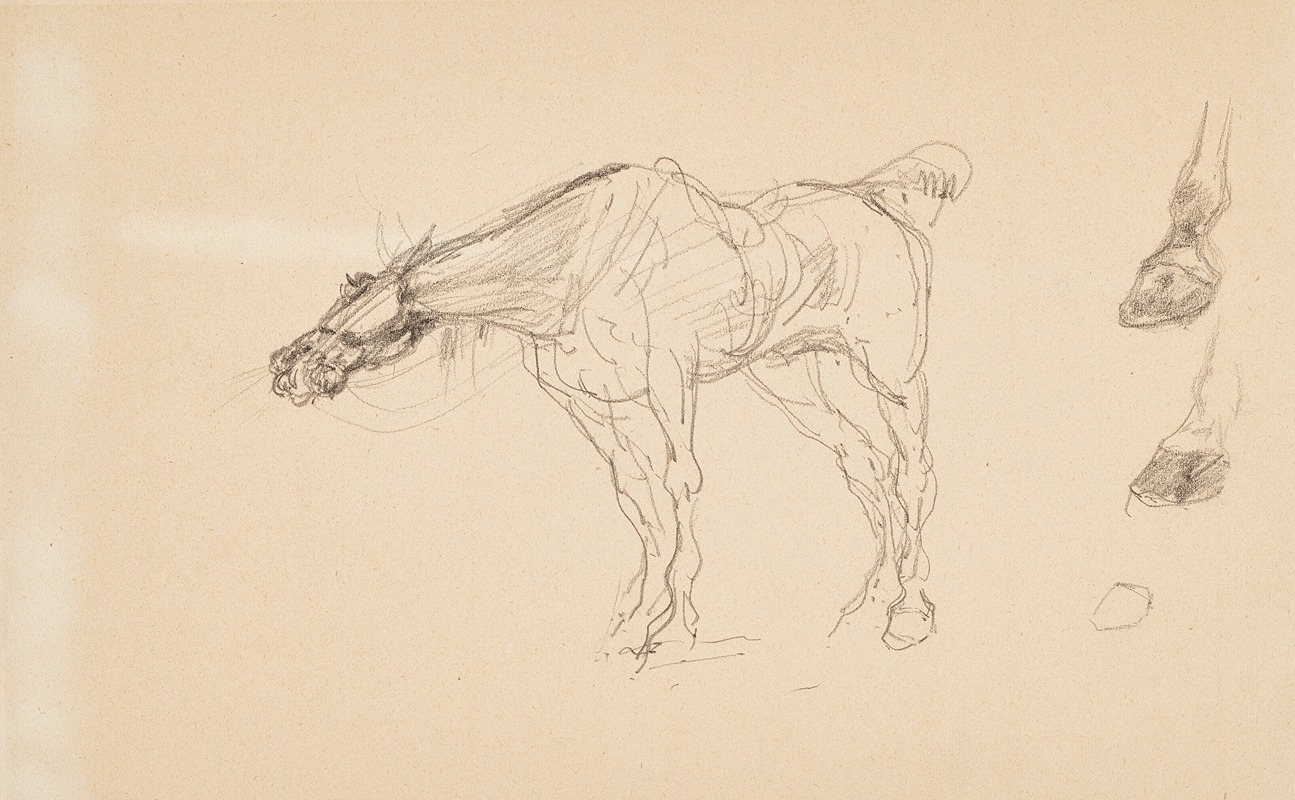
Cheval et sabots
A hand-painted replica of Henri de Toulouse-Lautrec’s masterpiece Cheval et sabots, meticulously crafted by professional artists to capture the true essence of the original. Each piece is created with museum-quality canvas and rare mineral pigments, carefully painted by experienced artists with delicate brushstrokes and rich, layered colors to perfectly recreate the texture of the original artwork. Unlike machine-printed reproductions, this hand-painted version brings the painting to life, infused with the artist’s emotions and skill in every stroke. Whether for personal collection or home decoration, it instantly elevates the artistic atmosphere of any space.
Henri de Toulouse-Lautrec, a prominent French painter, printmaker, and illustrator, is renowned for his vivid portrayals of Parisian nightlife in the late 19th century. His works often capture the vibrancy and decadence of the bohemian lifestyle, focusing on subjects such as cabaret dancers, singers, and other performers. While Toulouse-Lautrec is best known for his depictions of human subjects, he also explored other themes and subjects in his art.
"Cheval et sabots" (translated as "Horse and Hooves") is one of Toulouse-Lautrec's lesser-known works. Unfortunately, there is limited information available about this specific painting, as it does not hold the same level of fame or scholarly attention as some of his other pieces, such as "At the Moulin Rouge" or his posters for the Moulin Rouge cabaret.
Toulouse-Lautrec's artistic style is characterized by his use of bold colors, expressive lines, and a keen eye for capturing movement and emotion. His work often reflects the influence of Impressionism and Post-Impressionism, movements that were prominent during his lifetime. He was also influenced by Japanese woodblock prints, which is evident in his use of flat areas of color and strong outlines.
In "Cheval et sabots," it can be assumed that Toulouse-Lautrec applied his typical stylistic elements to the depiction of a horse, possibly focusing on the animal's form and movement. Horses were a subject of interest for many artists of the time, often symbolizing strength, grace, and freedom. However, without specific details about the painting's composition, size, medium, or current location, it is challenging to provide a comprehensive analysis of the work.
Toulouse-Lautrec's life was marked by personal struggles, including health issues and alcoholism, which ultimately led to his early death at the age of 36. Despite these challenges, he was incredibly prolific, creating thousands of works during his short lifetime. His art provides a window into the cultural and social dynamics of Paris during the Belle Époque, and his innovative approach to composition and subject matter has left a lasting impact on the art world.
While "Cheval et sabots" may not be as widely recognized as some of Toulouse-Lautrec's other works, it is a testament to his diverse interests and his ability to capture the essence of his subjects, whether human or animal. As with many of his paintings, it likely reflects his unique perspective and artistic vision, contributing to the rich tapestry of his oeuvre.
In summary, while specific information about "Cheval et sabots" is scarce, it is part of the broader body of work by Henri de Toulouse-Lautrec, an artist celebrated for his dynamic and expressive portrayals of life in late 19th-century Paris.





